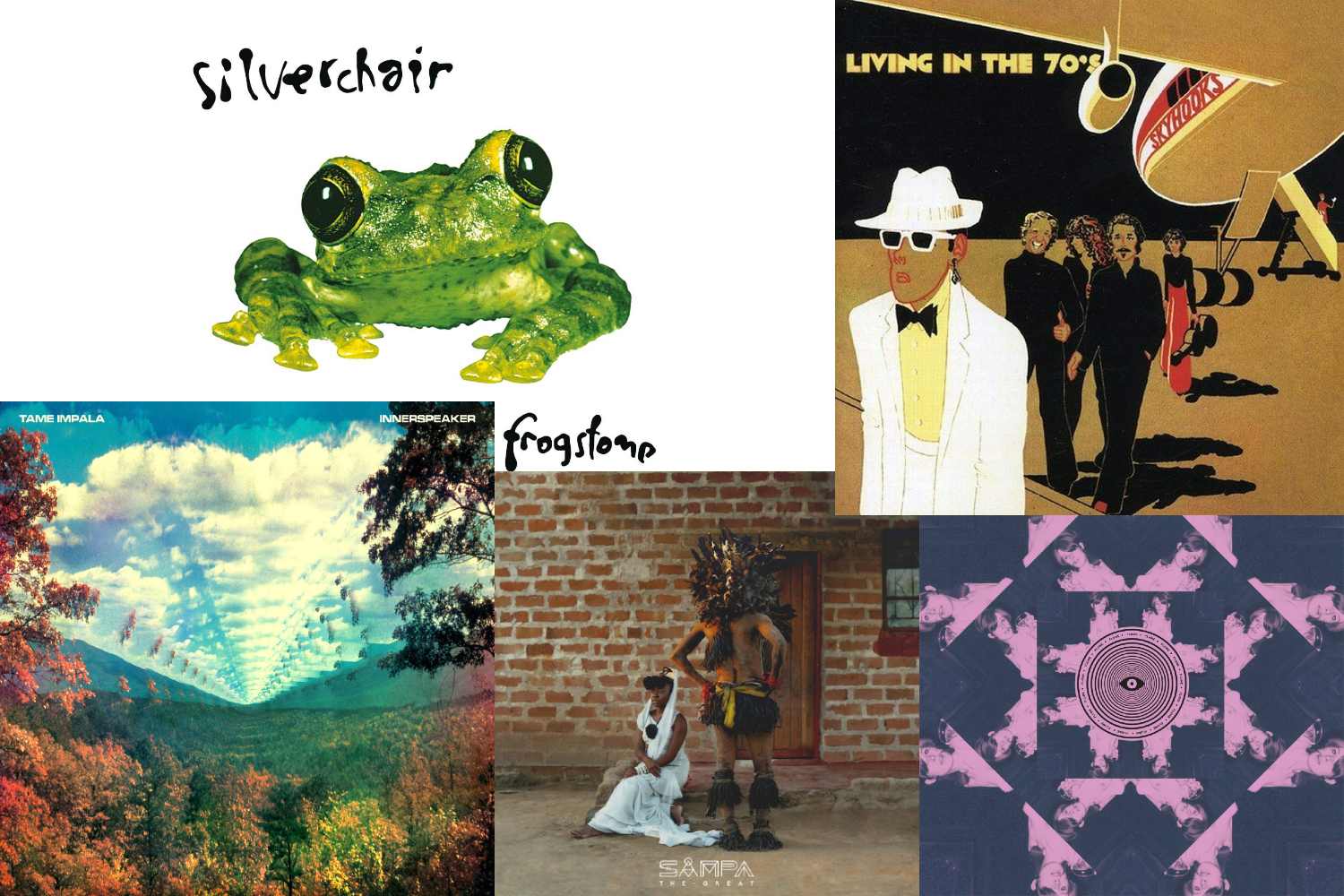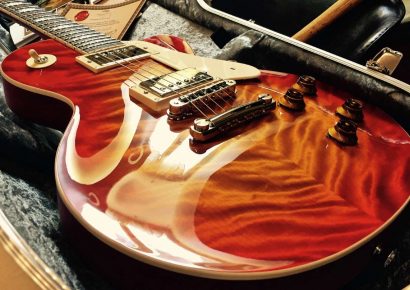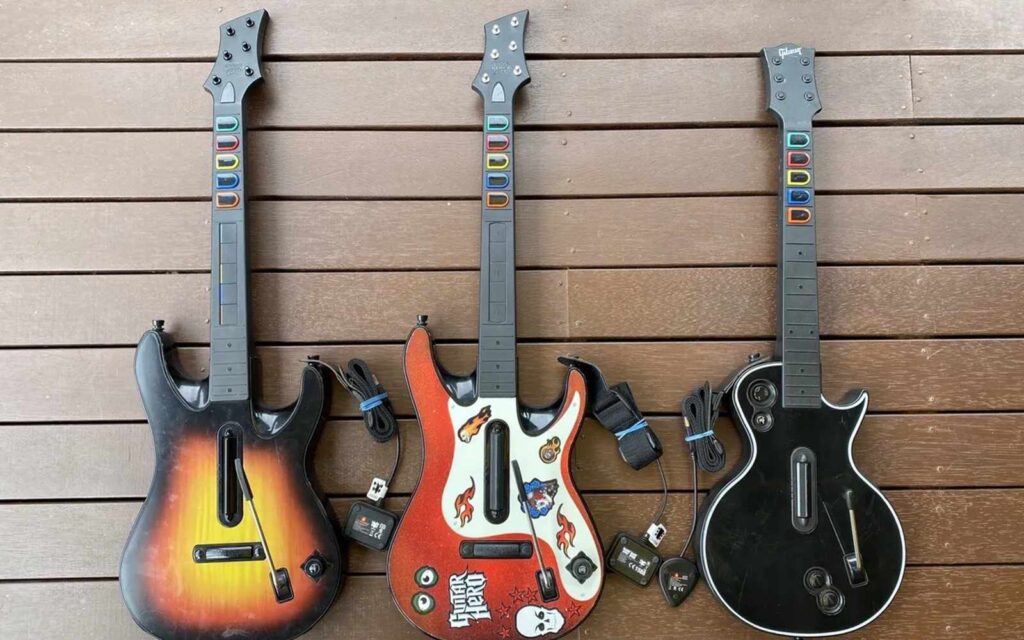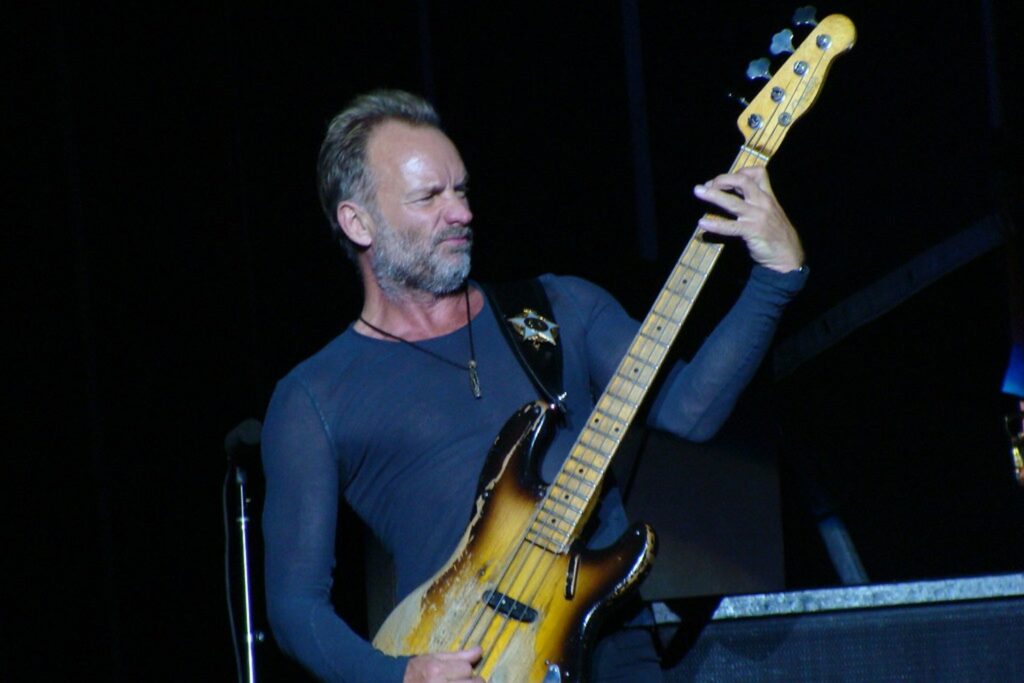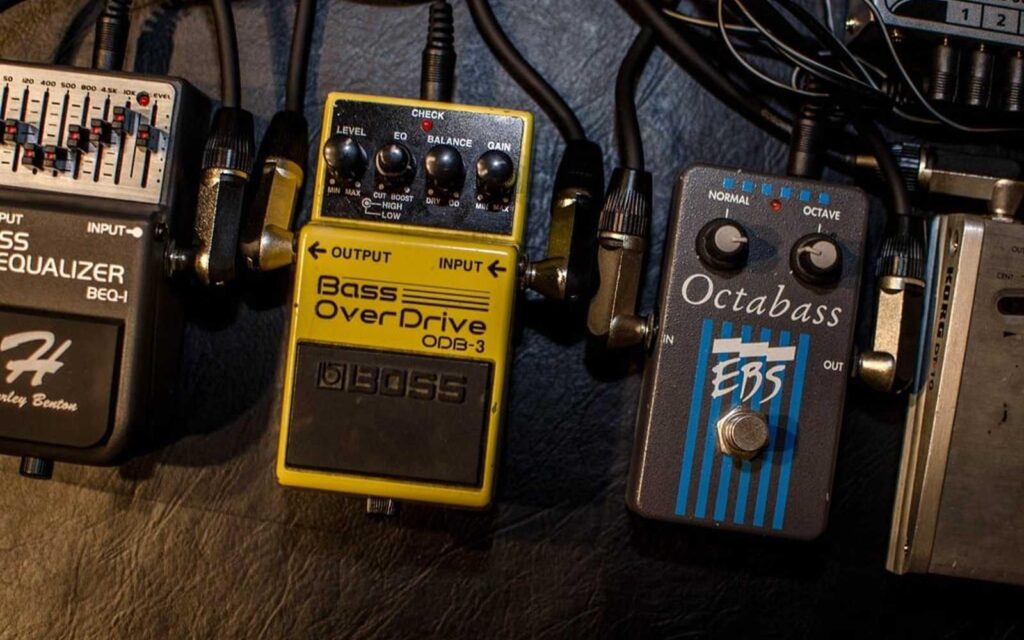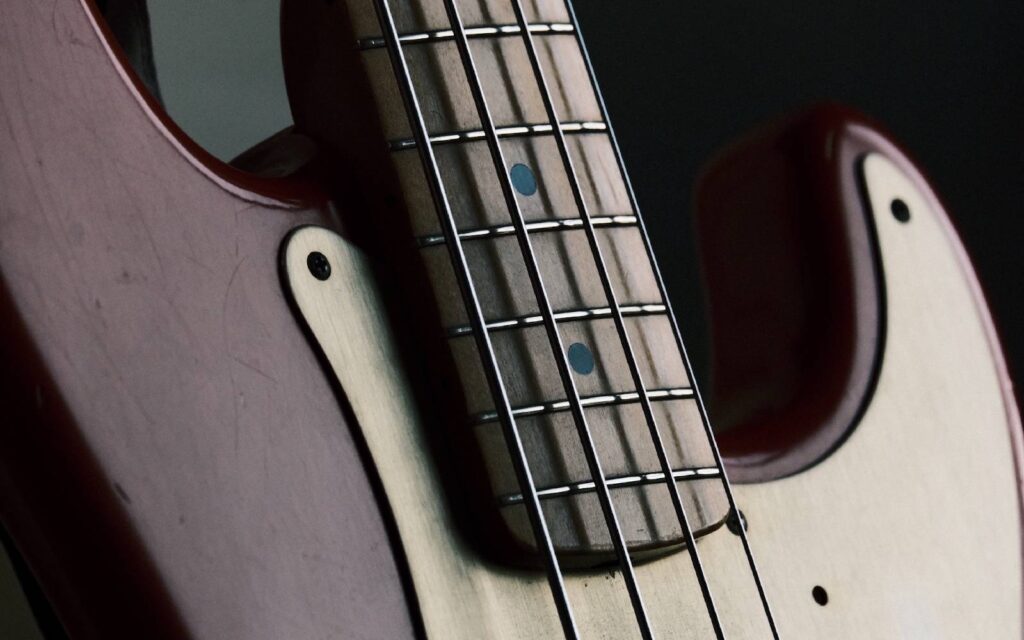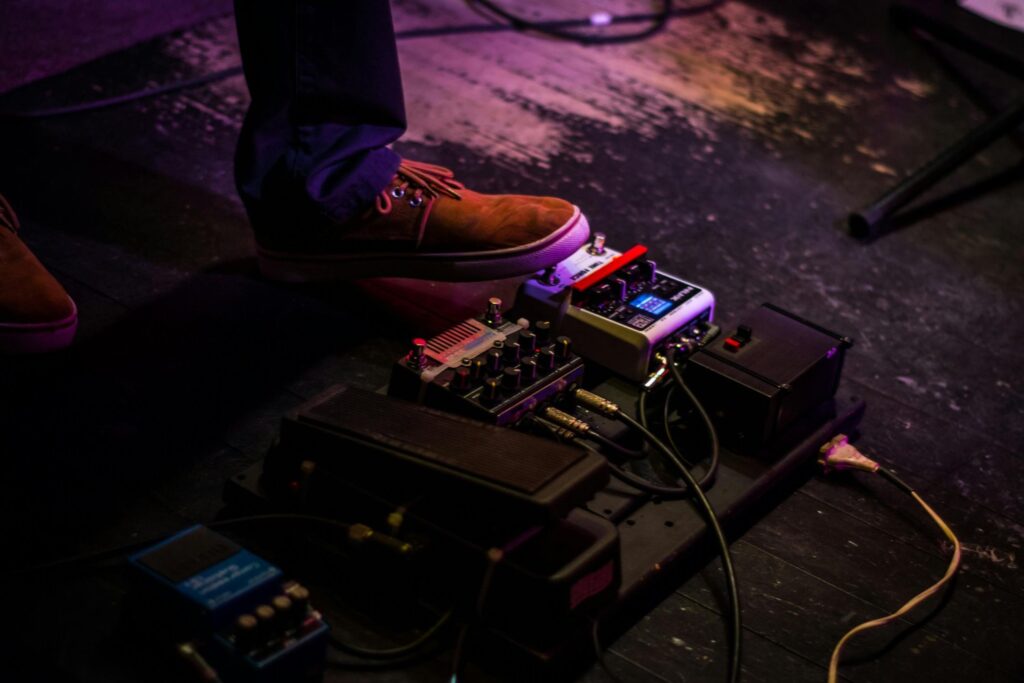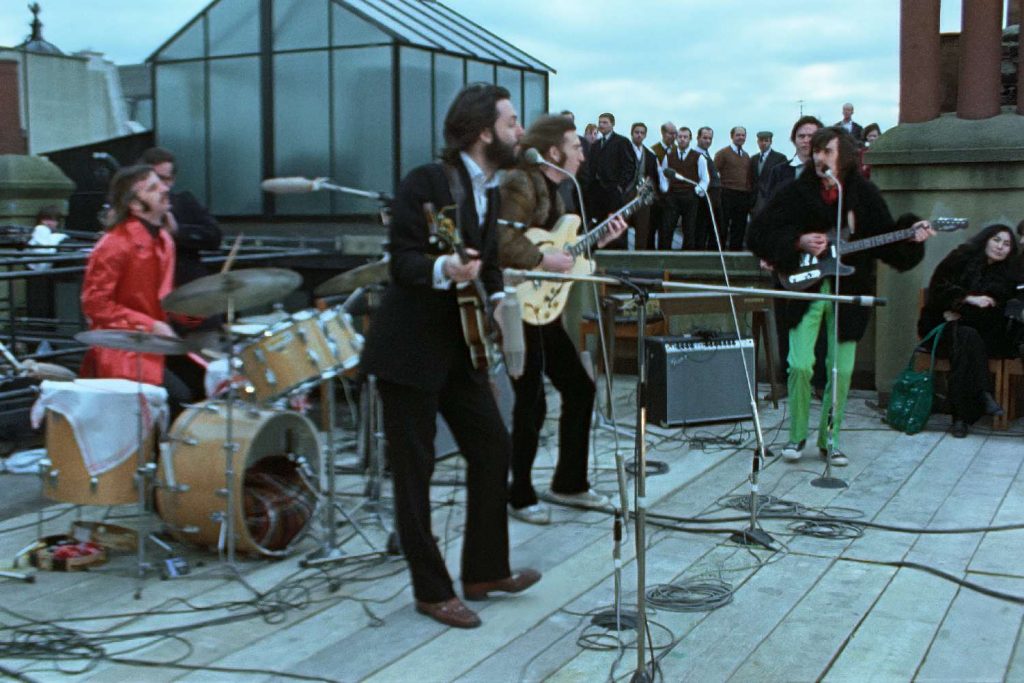Coming in hot!
Today, we’re turning our gaze to the finest debut efforts from those who reside closer to home here in Australia, checking out their overall impact and influence on both musicians at home and listeners abroad.
To get you back into the swing of things for 2022, we’re reposting some old favourites of yours and ours. This article was originally published August 20, 2020.
Read up on all the latest features and columns here.
WARNING: Aboriginal and Torres Strait Islander viewers are warned that the following contains images and voices of deceased persons.
Men At Work – Business As Usual (1981)
Recorded at the iconic Richmond Recorders studio throughout mid-1981, Men At Work’s debut effort showed the world that Aussie rock was well and truly on a par with that of Britain and the US. With hits such as the anthemic ‘Down Under’, ‘Who Can It Be Now?’ and ‘Be Good Johnny’, the band showcase their ability to pen a tune packed with catchy melodies, as well as quintessentially Australian lyrics.
Business As Usual is as quirky a debut album as you’ll ever find – from the late, great Greg Ham’s soaring saxophone riff on ‘Who Can It Be Now?’ to the famous beer bottle intro to ‘Down Under’, it’s these left-field inclusions from Colin Hay and co. that ultimately signify Men At Work’s debut LP as one of the most memorable of all time.
Crowded House – Crowded House (1986)
Crowded House were formed in Melbourne in 1985 by New Zealand native Neil Finn, alongside Melburnians Paul Hester and Nick Seymour. Their self-titled debut LP, released the following year, is virtually a greatest hits record in and of itself; tunes such as the evergreen ‘Don’t Dream It’s Over’ and ‘Something So Strong’ dominated the airwaves – nationally and internationally – for months on end.
Deriving their name from the tiny Los Angeles apartment in which they recorded part of the album, the band’s songwriter Finn seamlessly melds the new wave inflections of the time with his own clever pop songwriting sensibilities. The Wurlitzer-infused ‘World Where You Live’ is a prime example of this: the warbling keyboard riff sets the tone for the song, before Finn’s dynamic chorus comes in where you least expect it. Seymour and the late Hester provide some tasteful bass and drum parts throughout the record, complimenting Finn’s masterful songwriting and ultimately cementing the record as a bona fide Aussie classic.
Skyhooks – Living in the 70’s (1974)
Skyhooks are about as Melburnian a band as you will ever encounter, and no album better epitomises this than Living in the 70’s. Led by bassist and chief songwriter Greg Macainsh and singer Graeme ‘Shirley’ Strachan, the band’s lyrics offer the rawest social commentary about the commotion of inner-city suburban life, not to mention the state of the world in general.
‘Horror Movie’ examines the Australian public’s morbid fascination with war and depravity, shown to them through the medium of the 6.30 news. “The public’s waitin’ for the killin’ and the hatin’ / switch on the station” alludes to the population’s receptiveness to news outlets’ graphic coverage of the Vietnam War. The subsequent line “They do a lot of sellin’ between the firin’ and the yellin’ / and you believe what they’re tellin’” is a scathing attack on the media’s tendency to profit from virtually anything that garners attention, and is a sentiment that rings as true today as it did nearly 50 years ago.
The Avalanches – Since I Left You (2000)
The Avalanches’ debut record consists of no less than 3500 samples, meticulously stitched into an entire hour of music. The group conformed to a genre known as plunderphonics – that is, the practice of sampling an eclectic variety of music and completely recontextualising the myriad samples within the confines of a song. Since I Left You is, quite simply, nothing short of a sampling masterclass.
The group’s approach to creating music for the album was, at that point, unheard of; they would purchase vinyl records from op shops, select an assortment of samples, then use a software called StudioVision (which was only compatible with a late ‘90s Apple Mac) in order to sew the samples together. The fastidious attention to detail that members Robbie Chater and Tony Di Blasi (among others) paid to the composition and production of their music is evident. ‘Frontier Psychiatrist’ samples German big band composers Kaempfert and Rehbein, with an obscure comedy sketch by Canadian comedy duo Wayne and Shuster superimposed on the mix.
Dr. G Yunupingu – Gurrumul (2008)
It’s safe to say that no Australian singer possessed as soulful a voice as Dr. G Yunupingu. Born blind, Yunupingu never learned Braille nor owned a guide dog. He did, however, teach himself how to play guitar at the age of five – despite being left-handed, he flipped a right-handed guitar over and played it with a level of innovation that is frankly difficult to replicate. Formerly a member of Yothu Yindi, Yunupingu spoke little English, and sang predominantly in his native Yolŋu.
While technically not his studio debut, Yunupingu’ first solo effort Gurrumul (his middle name) contains some of the most heartfelt music ever put to record. His layered vocals on tracks like ‘Bapa’ compliment his melodic guitar work, while the strings sit beautifully underneath. On ‘Gurrumul History (I Was Born Blind)’, the singer-songwriter earnestly tells his own story, while describing his wish to bridge and build Yolŋu culture in Australia. Tragically, Yunupingu’s story came to an end in 2017, with his untimely passing at the age of 46. However, he leaves behind a rich canon of music that will remain as musically and culturally relevant in the coming centuries as it is now.
Silverchair – Frogstomp (1995)
Silverchair rose to national attention after winning a music competition run by SBS and Triple J in 1994. Vocalist and guitarist Daniel Johns, drummer Ben Gillies and bassist Chris Joannou – all aged only 15 – then set out to record their debut album over the space of a mere nine days. The record spawned five singles, with ‘Tomorrow’ sitting at #1 on the ARIA Singles Charts for six weeks straight. ‘Israel’s Son’, inspired by a graphic execution witnessed by Johns on TV, peaked at #11 on the Aussie charts, and is one of the bleaker moments on the record.
The singer recalls the recording process for Frogstomp: “We went in to record this album quick rather than this really expensive record where people would be saying we couldn’t perform the stuff live. We went in, cut the tracks live, threw an extra guitar track down and that was it. Just so people knew how we sounded and just so people could get the true idea of what we’re like. We didn’t want to look like shit compared to the record when we play live.”
Wolfmother – Wolfmother (2005)
Wolfmother were formed in Sydney by core members Andrew Stockdale, Chris Ross and Myles Heskett in 2004. After producing a demo for Universal US subsidiary Interscope Records, they began recording their full-length debut studio album in California with producer Dave Sardy in May 2005. The record – released in October that year – amassed tremendous commercial success, and rapidly became a staple of hard rock stations all over the world.
Wolfmother’s no-nonsense approach to stoner-rock songwriting, while definitely not ground-breaking, struck a chord with many an aspiring rocker. The unmistakeable, marauding guitar riff heard in ‘Joker & the Thief’ is timeless, and in part helps explain why the band dominated the subsequent year’s Triple J Top 100 with a whopping six entries. While the group’s subsequent output has not been as prolific, nothing can detract from the plethora of memorable riffs provided to us by the hard-rocking Sydney-siders throughout the mid-noughties.
Sampa The Great – The Return (2019)
Born in Zambia and raised in Botswana, Sampa Tembo originally came to Australia to study audio engineering at Sydney’s SAE Institute. Having met likeminded musicians during weekly hip-hop and jazz sessions, Tembo decided to pursue a career melding the two genres in her own, distinctive manner. The Return, which clocks in at a staggering 78 minutes, showcases Tembo’s acerbic delivery, as well as some seriously smooth neo-soul vibes.
Fela Kuti’s Afrobeat influence is prominent throughout various moments on Tembo’s debut effort, none more so than on ‘Final Form’, where the horn lines provide the ideal counterpoint to her grandiose, percussive lyricism. ‘OMG’ sees Tembo incorporate her native Bemba tongue: “Subconsciously, growing up, speaking for my generation of African youth, it was uncool to rock where we were from. Everything had to be Westernised to be cool. It’s only recently that’s changed.”
Flume – Flume (2012)
Harley Streten – known professionally as Flume – is regarded as a pioneer of future bass, with his inventive, collaborative approach to creating electronic music being lauded by listeners and critics alike. Streten’s 2012 self-titled debut LP came as a breath of fresh air for many an electronic fan, with the Sydney-born muso’s propensity towards more downbeat tunes and lush arrangements garnering him an almost-immediate mass following.
Streten talks about the composition of ‘Holdin On’, perhaps the best-known track of the album: “One day I was in the studio with Mike from Van She, swapping and sharing samples. I took them home and discovered this particular Otis Redding / Anthony White acapella [track] hidden amongst thousands of sounds. It got me super inspired and I ended up writing the tune in a single day. That’s how all the best tracks happen!”
Tame Impala – InnerSpeaker (2010)
Tame Impala is the solo project of Fremantle multi-instrumentalist Kevin Parker, whose unique approach to psychedelic rock has captivated audiences nationally and globally throughout the last decade. 2010’s InnerSpeaker was recorded at a remote beach shack in Indijup, Western Australia in the winter of 2009. The recording process was far from straightforward, with Parker having to contend with regular power outages – he once lost a day’s worth of drum tracks as a result of this.
Perhaps the most astounding feature of InnerSpeaker is Parker’s ability to repurpose the trippy guitar tones and chord progressions of the early ‘70s US psych scene in such a refreshingly relevant way. ‘Solitude Is Bliss’ is a great example of this, where Parker’s angular, wah-infused guitar riff leads into an ethereal vocal take that so many Aussies would come to know and love over the subsequent ten years.
Feeling thirsty? Check out our favourite albums from Australia’s pub rock era.
